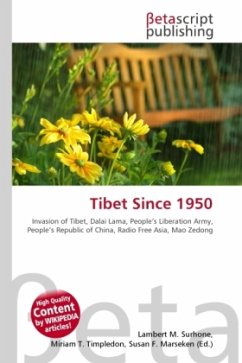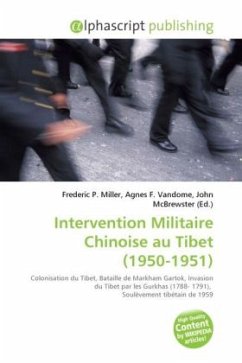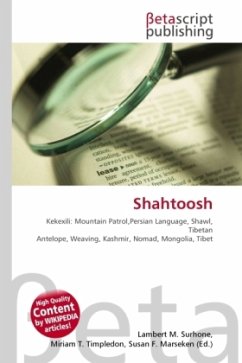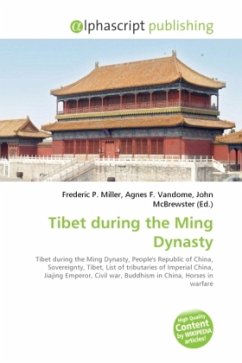High Quality Content by WIKIPEDIA articles! The period of Tibet since 1950 was heralded by the invasion of Tibet by the People's Liberation Army in 1950-51. Tibet declared independence from China in 1913, after which the Dalai Lama continued to act as both the religious head of Tibetan?s Buddhist populace and as the political head of this de facto independent nation. This unique characteristic of Tibet was the culmination of the intertwining of religion and politics in the country?s history after the introduction of Buddhism. With such a weaving of politics and religion, a significant change in one necessarily will alter the other and in turn, the culture as a whole. This connection is evident with the People?s Liberation Army?s invasion of Tibet in 1950 and the subsequent rule of Tibet by the People?s Republic of China which maintains control of the area today. Historical claims to the land of Tibet aside, it has become apparent that since this latest invasion major cultural shifts are occurring in the area.
Bitte wählen Sie Ihr Anliegen aus.
Rechnungen
Retourenschein anfordern
Bestellstatus
Storno








